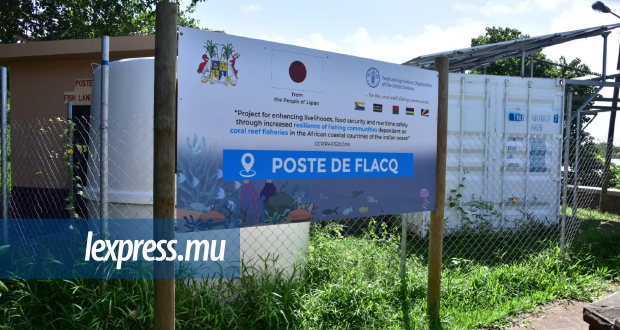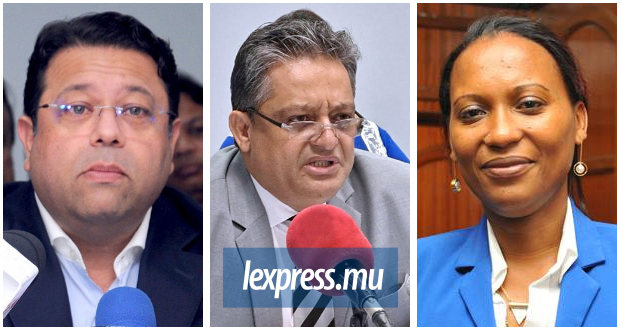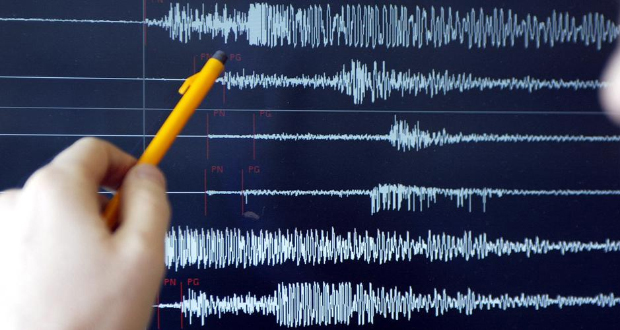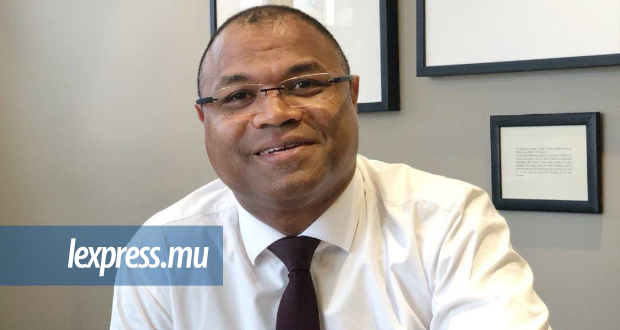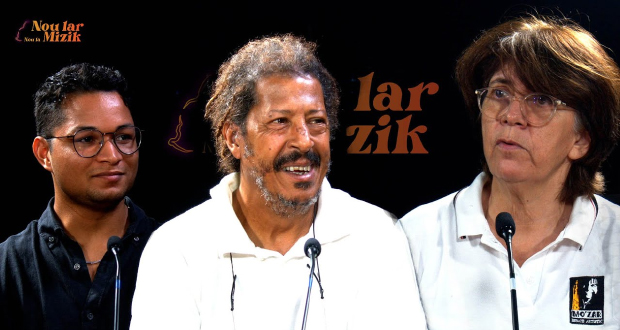Publicité
Kevin Padiachy: “This has been a sharp learning curve”
Par
Partager cet article
Kevin Padiachy: “This has been a sharp learning curve”
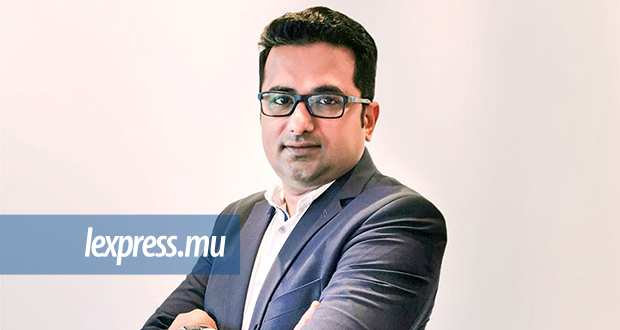
How did Omnicane get involved in the Mushishito- Rukarara V hydro-power project in Rwanda?
Before that, we must keep in mind that Omnicane originated out of the sugar industry in Mauritius. It came up with an integration strategy to optimize all its resources and increase efficiencies within all its clusters in the context of the centralization of the sugar industry after the end of preferential agreements for sugar exports. It was as part of this move that we went into energy as well. Today, Omnicane supplies about 22 per cent of the electricity supplied to Mauritius’ national grid.
However, Mauritius is a relatively small market; so, we decided to export our know-how and expertise overseas. Somebody had set up a special purpose vehicle in Rwanda for this project and had approached Albioma, our partner in Mauritius when it comes to energy. However, Albioma deemed the proposal of a 5-MW plant too small for it and it was not ready to expand into mainland Africa. So, we were approached after that. This is how Omnicane got involved as from 2012. Until 2015 we were holding discussions with other partners about the bankability of the Mushishito-Rukarara V hydro-power project. Omnicane the acquired 51 per cent of Omnihydro, which would carry out the project.
What was the scale of the project?
The project itself was in a remote and arid part of Rwanda. So, the authorities there had to construct some 9 km of access roads and 2 km of transmission lines. The project was divided into two phases: the first to produce 2 MW of power from the Mushishito River; and the second was to produce 3 MW from the Rukarara River.
Is the project already supplying power to the Rwandan national grid?
The first phase was completed in May 2019 and since then it has already supplied about 10 or 11 GwH of electricity into the Rwandan national grid. Phase 2 was officially commissioned in March this year, and has already started supplying power to the Rwandan national grid as well.
Let us now view some difficulties and challenges that dogged this project. First, what was it like to undertake a project in Rwanda?
The most important thing is to understand the working culture of the country you are working in and then cascading that understanding down to our organization as well as to our other partners, such as the Mauritius Commercial Bank which was fiancing the entire project debt.
There were also reports of the project being affected by landslides in 2018. How much of a problem was that?
In 2018 we had abnormally high precipitation in the region where the hydro-electric plant was being built, much higher compared to the average rainfall for the ten previous years. That led to major mudslides. So, we had to do some stabilization works on slopes and build additional drainage facilities. This did not affect phase 1 of the project too much, but involved some major redesigns when it came to phase 2. Another example is a bridge of the Rukarara River that had collapsed; so a new one had to be built. Naturally, there were some cost over-runs. Then came Covid-19, with Mauritius closing down its borders. At that time, a subsidiary of Omnicane – Omni Management – based in Mauritius was overseeing the works, but they could not do that, because of travel restrictions at the time. So, we had to turn to another company in South Africa to oversee the works and manage contractors on our behalf.

One contractor pulled out, leaving some foreign workers there as well? What was that about?
One of the contractors for the project pulled out and there were 35 mostly Sri Lankan and Indian employees that were stranded there. So, we had to engage with them and put them on the payroll.
The dispute with a former shareholder, Refad Group AG, involved in the project made news here as well as the rest of Africa. Is that legal dispute still going on?
To start with, Omnicane acquired around 51 per cent of the shares in Omnihydro. However, the Refad Group AG had not paid up for the shares issued to it. We found out about this later on (in 2019 -ed.). By that time, Omnicane alone had put in $7.5 million into the project; so, we had to call for capital. We asked the Refad Group AG to pay for its issued shares, but they ignored that and did not respond to our appeals. So, following due process, its voting rights had to be suspended. Later we expanded the shareholding of Omnihydro and once again approached Refad Group AG and offered, but again they did not subscribe to the share offering; so the shareholding of Refad Group AG got diluted. (Omnicane went from owning 51 per cent to 98.08 per cent of Omnihydro -ed.). Refad Group AG then took the matter to court, and they lost their case at the Commercial Court in Rwanda. Currently, they are appealing that decision; so the matter is still going within the courts.
Now that the 5MW project in Rwanda is complete, are you looking to expand more into the African energy market?
This was the first time that Omnicane had worked solely on a project outside of Mauritius. This has been a sharp learning curve with respect to things like land acquisition, licencing requirements, and so on. Yes, we are looking for other opportunities within Africa when it comes to energy, perhaps in geothermal energy.
What about Mauritius? What is the scope for expanding hydro-power here?
The part of Africa where we did this project is made up of countries famous for large bodies of water. The Rukarara itself is officially recognized as the source of the Nile River. Rwanda also had the right topography for such a project. In Mauritius, we have the limitations of a small catchment area for hydro-power projects as well as a different topography. Nevertheless, there is scope for smaller, micro-level hydro-electric projects. We have a lot of sites, including on lands owned by Omnicane itself, suitable for those kinds of projects.
Publicité
Les plus récents
